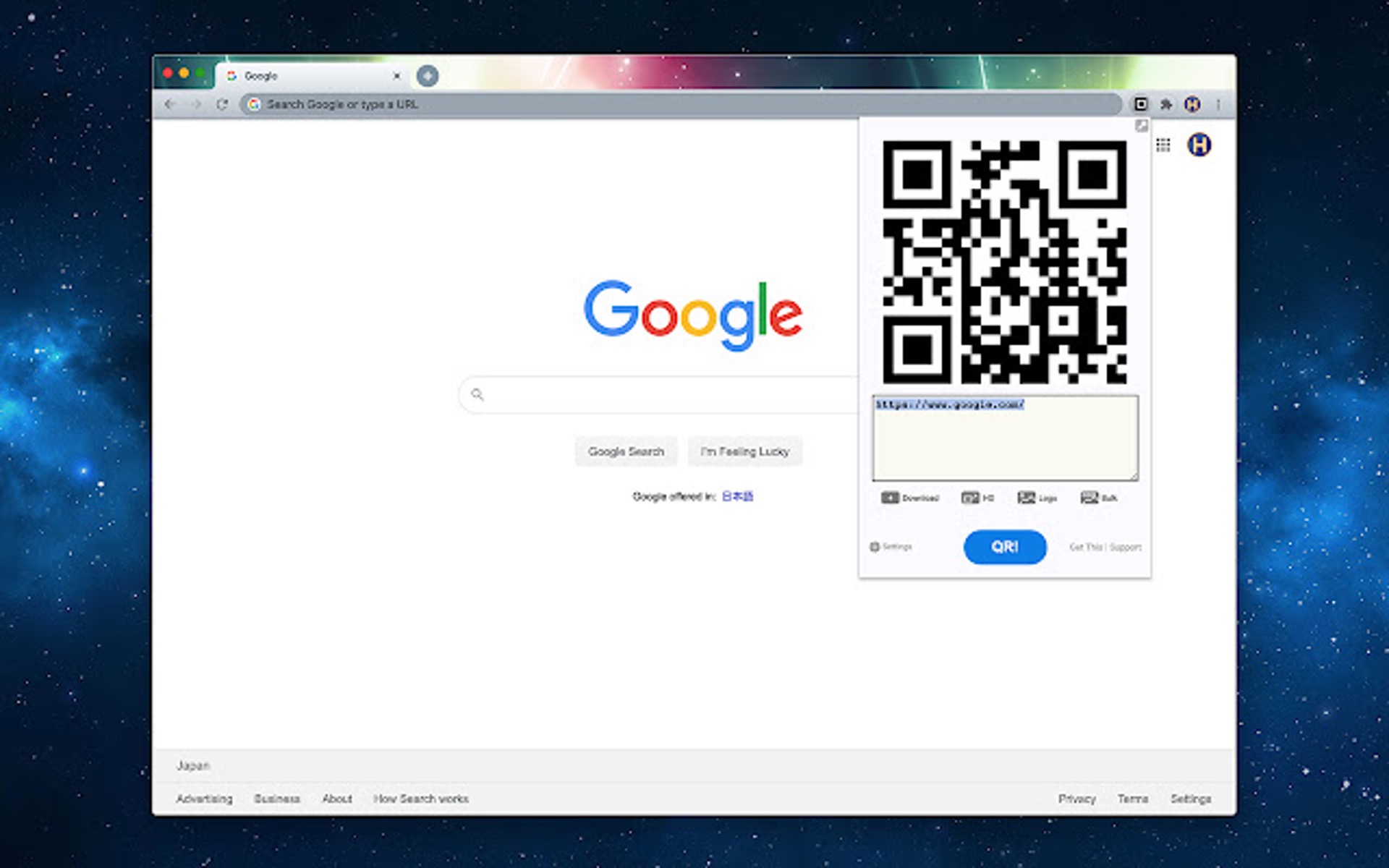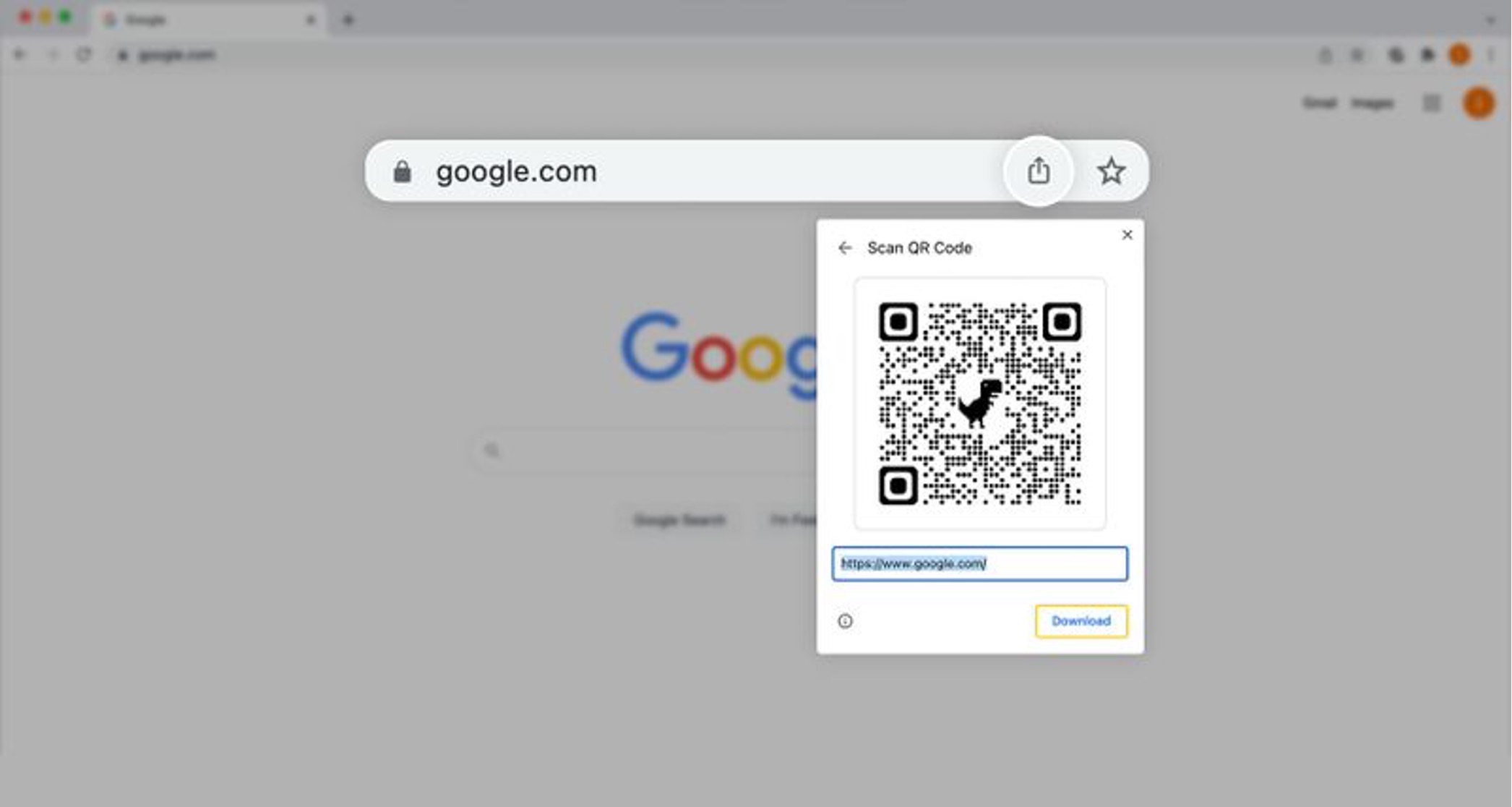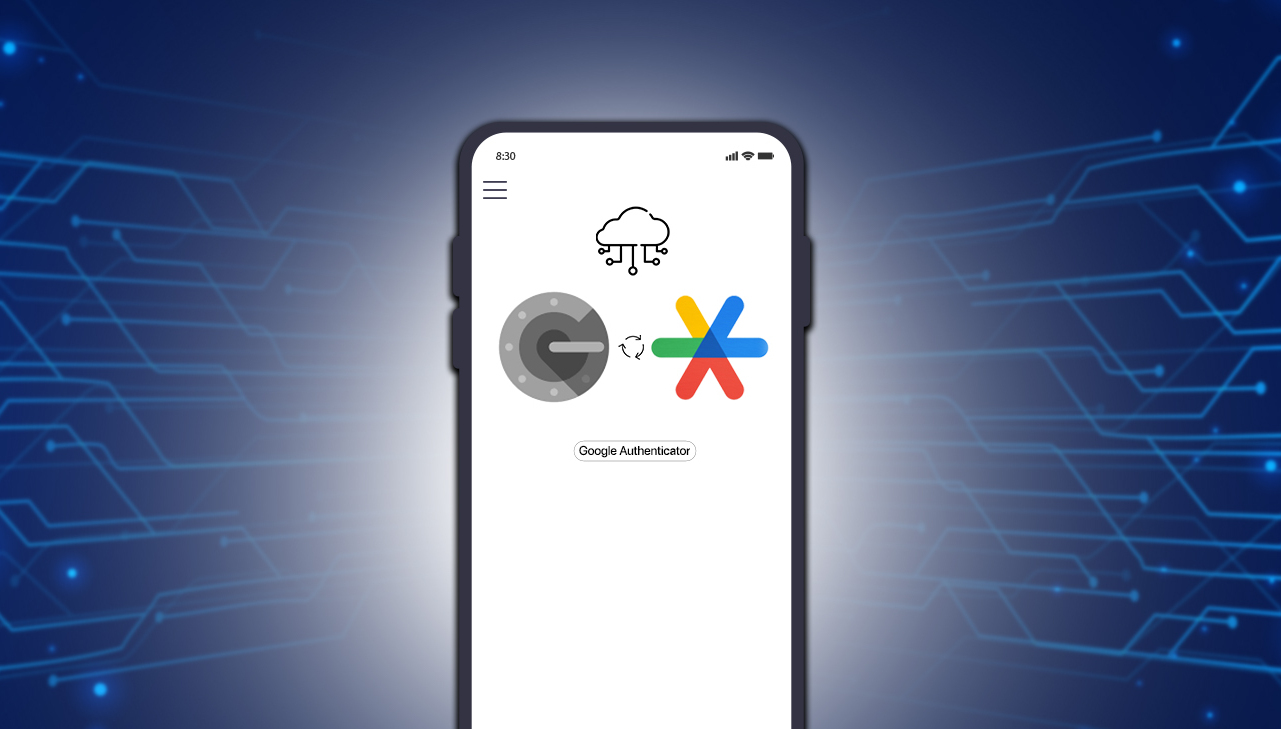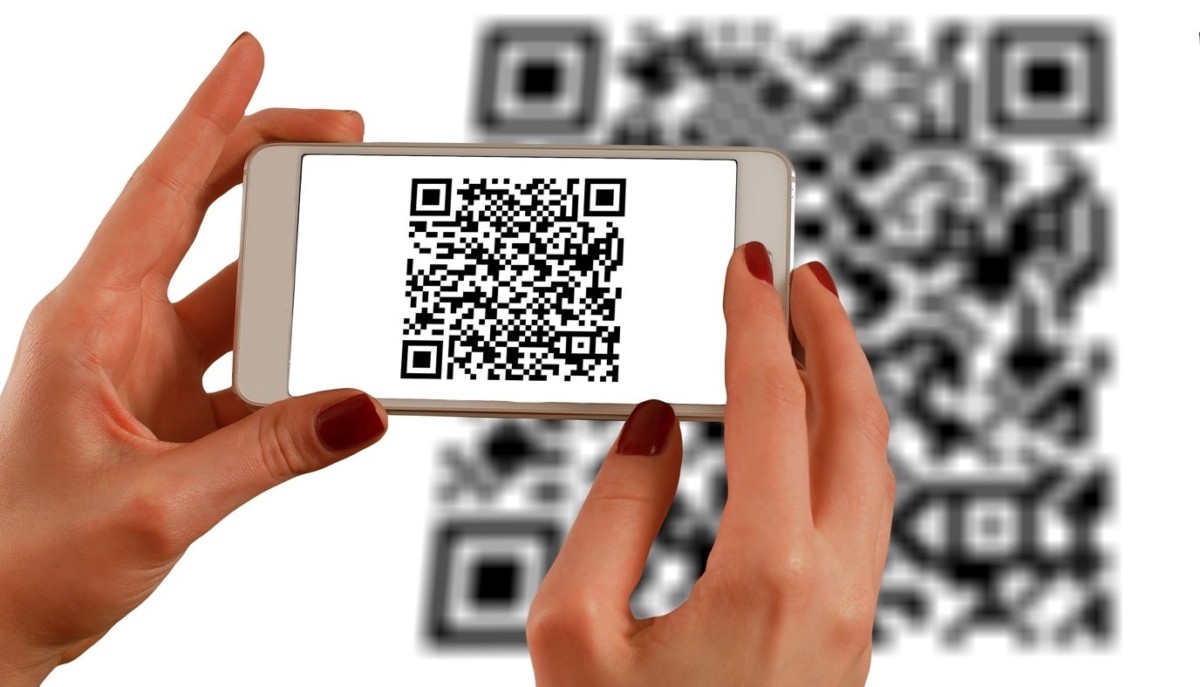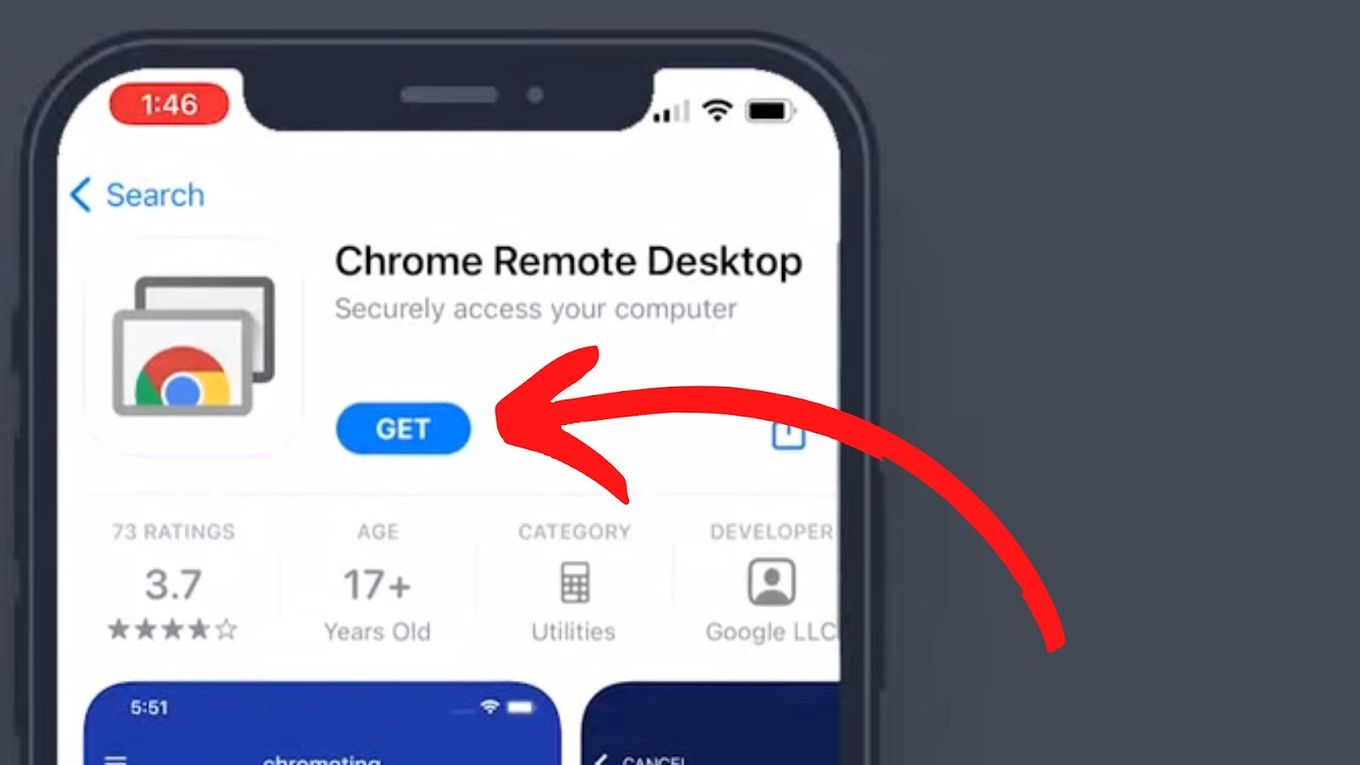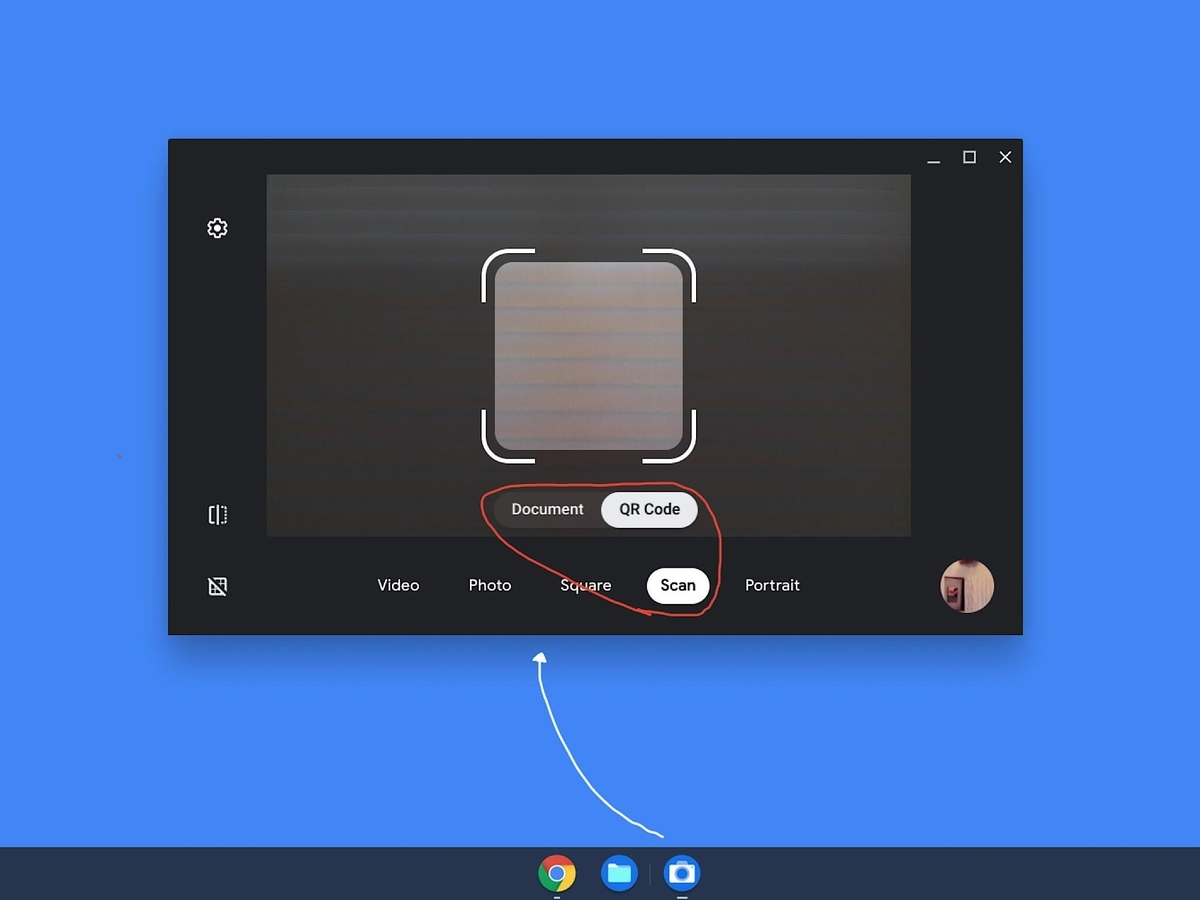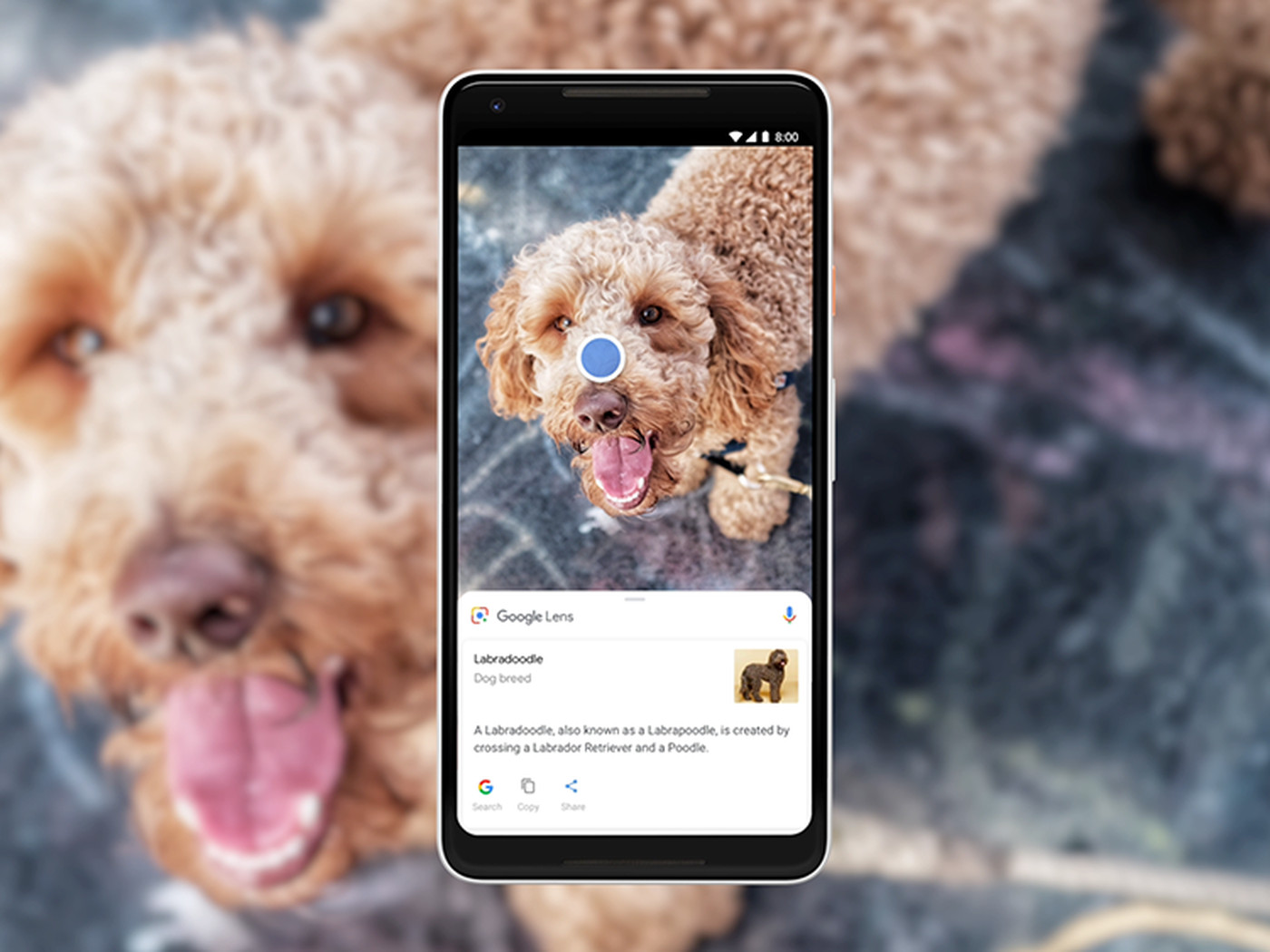Introduction
In today's digital age, quick and convenient access to online content is a top priority for many internet users. Whether you're a business owner, a marketer, or simply someone who wants to share a website link with others, QR codes offer a seamless solution. These pixelated squares have become ubiquitous in various settings, from advertising and marketing campaigns to everyday interactions.
If you're a Google Chrome user, you'll be pleased to know that creating a QR code for a website is a straightforward process. By leveraging the power of browser extensions, you can generate QR codes with ease, allowing you to share web links effortlessly or save them for future reference.
In this guide, we'll walk you through the simple steps to create a QR code directly from your Google Chrome browser. Whether you're looking to share a fascinating article, promote your business, or simply streamline your online experience, mastering the art of generating QR codes on Google Chrome will undoubtedly prove to be a valuable skill.
So, without further ado, let's dive into the world of QR codes and discover how you can harness their potential to enhance your browsing experience and share web content with unparalleled ease.
Step 1: Install a QR code generator extension
To begin your journey into the realm of QR code creation on Google Chrome, the first step is to equip your browser with a reliable QR code generator extension. Fortunately, the Chrome Web Store offers a plethora of options, each designed to streamline the process of generating QR codes for web links.
One popular choice among users is the "QR Code Generator" extension, which seamlessly integrates into your browser, allowing for quick and efficient QR code creation. To install this extension, simply follow these steps:
-
Open the Chrome Web Store: Launch your Google Chrome browser and navigate to the Chrome Web Store by clicking on the Apps icon in the bookmarks bar or typing "chrome://apps/" in the address bar.
-
Search for the QR Code Generator: Once in the Chrome Web Store, use the search bar to look for the "QR Code Generator" extension. You can also explore other QR code generator extensions to find one that best suits your preferences.
-
Select and Install: Upon finding the desired QR code generator extension, click on it to view more details. Take a moment to review the extension's features and user ratings to ensure it meets your requirements. When you're ready, click the "Add to Chrome" button to initiate the installation process.
-
Confirm the Installation: A pop-up window will appear, prompting you to confirm the installation of the extension. Click "Add Extension" to proceed. Chrome will then download and install the QR code generator extension, seamlessly integrating it into your browser.
-
Access the Extension: Once the installation is complete, you'll notice the QR code generator icon added to the Chrome toolbar or the extensions menu. You're now ready to move on to the next step and start generating QR codes for your favorite websites.
By installing a QR code generator extension, you've taken the crucial first step towards unlocking the potential of QR codes within your browsing experience. With this powerful tool at your fingertips, you're well on your way to seamlessly creating and sharing QR codes for a wide range of web content.
Step 2: Generate a QR code for a website
Now that you have the QR code generator extension installed in your Google Chrome browser, it's time to put it to use and create a QR code for a website of your choice. Whether it's a captivating article, a product page, or a portfolio website, generating a QR code is a breeze with the right extension. Here's how you can do it:
-
Navigate to the Website: Start by visiting the website for which you want to create a QR code. Whether it's a blog, an online store, or a news article, simply enter the website's URL in the address bar and hit Enter to access the desired content.
-
Access the QR Code Generator: With the website open in your browser, locate the QR code generator extension icon in the Chrome toolbar or the extensions menu. Click on the icon to open the QR code generator interface.
-
Generate the QR Code: Within the QR code generator interface, you'll typically find a designated field where you can paste the URL of the website you want to encode. Simply copy the website's URL from the address bar, return to the QR code generator interface, and paste it into the specified field. Some extensions may generate the QR code automatically upon pasting the URL, while others may require you to initiate the code generation process by clicking a "Generate" or "Create" button.
-
Review and Verify: Once the QR code is generated, take a moment to review it and ensure that it accurately represents the intended website. You can typically preview the QR code within the generator interface to confirm that it corresponds to the desired web content.
-
Save or Share the QR Code: After verifying the QR code, you have the option to save it for future use or share it directly from the generator interface. Depending on the extension you're using, you may be able to download the QR code as an image file or share it via email, social media, or messaging platforms.
By following these simple steps, you can effortlessly generate a QR code for any website directly from your Google Chrome browser. Whether you're looking to share intriguing content with friends, promote your own web pages, or streamline your browsing experience, the ability to create QR codes at the click of a button adds a new dimension of convenience to your online activities.
Step 3: Customize the QR code
Once you've generated a QR code for a website using your preferred extension on Google Chrome, you may want to customize it to align with your branding, add visual appeal, or enhance its functionality. Customizing a QR code can make it more engaging and recognizable, especially if you intend to use it for promotional or marketing purposes. Here's how you can personalize your QR code to make it stand out:
1. Design and Color:
Many QR code generator extensions offer options to customize the design and color of the generated QR code. Look for features that allow you to modify the QR code's appearance by changing its color, adding a logo or image overlay, or incorporating a custom frame. By aligning the QR code with your brand's color scheme and visual identity, you can create a cohesive and visually appealing representation of your web content.
2. Error Correction Level:
Consider adjusting the error correction level of the QR code based on your specific requirements. Error correction allows the QR code to remain functional even if it's partially damaged or obscured. Depending on the extension, you may have the flexibility to choose a higher error correction level for critical links or opt for a lower level to maintain a sleek and minimalistic QR code design.
3. Size and Resolution:
Ensure that the size and resolution of the QR code are optimized for its intended use. Some extensions provide options to adjust the dimensions of the QR code to suit different placement scenarios, such as print materials, digital assets, or mobile screens. By customizing the size and resolution, you can ensure that the QR code remains clear and scannable across various mediums and sizes.
4. Call-to-Action (CTA):
If you're using the QR code for marketing or promotional purposes, consider incorporating a call-to-action (CTA) within the design. This could involve adding a brief instruction or enticing text near the QR code to encourage users to scan it. By integrating a compelling CTA, you can guide individuals on how to interact with the QR code and prompt them to take the desired action, whether it's visiting a website, accessing exclusive content, or participating in a promotion.
By customizing the QR code to align with your objectives and visual preferences, you can elevate its impact and effectiveness in capturing attention and driving engagement. Whether you're promoting a business, sharing valuable content, or enhancing user experience, the ability to personalize QR codes directly within your Google Chrome browser empowers you to create compelling and distinctive visual assets with ease.
Step 4: Save or share the QR code
After successfully generating a QR code for a website using your preferred extension on Google Chrome, you have the flexibility to save or share the QR code according to your specific needs and preferences. This final step in the QR code creation process empowers you to seamlessly integrate the generated QR code into your digital and physical interactions, ensuring that it serves its intended purpose effectively.
Save the QR Code:
Once the QR code is generated and customized to your satisfaction, you may want to save it for future use. Many QR code generator extensions offer the option to download the QR code as an image file, typically in formats such as PNG or JPEG. By saving the QR code to your local device or cloud storage, you can easily access it whenever needed, whether for printing on marketing materials, sharing in digital communications, or archiving for reference. When saving the QR code, consider organizing it within a dedicated folder to maintain a well-structured repository of your QR code assets.
Share the QR Code:
Sharing the QR code directly from the generator interface is another convenient option provided by many extensions. Depending on the capabilities of the extension, you may be able to share the QR code via email, social media platforms, messaging apps, or other communication channels. This feature is particularly useful when you want to distribute the QR code to a specific audience, such as promoting a website link, offering exclusive access to content, or facilitating seamless interactions in a digital environment. By leveraging the sharing functionality, you can effortlessly disseminate the QR code to relevant recipients, amplifying its reach and impact across diverse online platforms.
Integrate the QR Code:
Beyond saving and sharing, consider integrating the QR code into various touchpoints and materials to maximize its utility. Whether it's embedding the QR code in digital assets, such as email signatures or website banners, or incorporating it into print collateral, such as business cards, flyers, or product packaging, strategic integration ensures that the QR code becomes an integral part of your communication and marketing initiatives. By thoughtfully integrating the QR code into your brand's touchpoints, you can enhance user engagement, drive traffic to specific web content, and foster seamless interactions between the physical and digital realms.
By embracing the options to save, share, and integrate the QR code, you can harness its potential to facilitate connections, convey information, and drive meaningful actions. Whether you're a marketer aiming to amplify brand visibility, a content creator seeking to share valuable resources, or an individual streamlining digital interactions, the ability to manage and distribute QR codes directly from your Google Chrome browser empowers you to leverage this versatile tool with unparalleled convenience and impact.
Conclusion
In conclusion, mastering the art of creating QR codes directly from your Google Chrome browser opens up a world of possibilities for seamless information sharing, promotional endeavors, and enhanced user experiences. By following the simple steps outlined in this guide, you've gained the ability to effortlessly generate QR codes for a wide range of web content, empowering you to streamline interactions and engage with your audience in innovative ways.
The installation of a reliable QR code generator extension marks the initial step toward integrating QR code creation into your browsing routine. With the extension seamlessly integrated into your browser, you've equipped yourself with a powerful tool that simplifies the process of generating QR codes for websites, articles, products, and more.
Once you've generated a QR code for a specific website, the ability to customize it according to your branding and visual preferences adds a layer of personalization and distinction. Whether it's adjusting the design, color, error correction level, or incorporating a compelling call-to-action, the customization options provided by QR code generator extensions enable you to tailor the QR code to suit your specific objectives and resonate with your audience.
The final step of saving, sharing, and integrating the QR code into your digital and physical touchpoints solidifies its role as a versatile and impactful asset in your communication and marketing endeavors. Whether you choose to save the QR code for future use, share it across various platforms, or seamlessly integrate it into your brand's collateral, the flexibility afforded by QR code generator extensions empowers you to leverage this technology with creativity and purpose.
As you continue to explore the potential of QR codes within your online activities, remember that their utility extends beyond mere convenience. QR codes serve as gateways to valuable content, seamless connections, and interactive experiences, making them a valuable addition to your digital toolkit.
By mastering the process of creating QR codes on Google Chrome, you've embraced a dynamic and efficient approach to sharing information, promoting your brand, and enhancing user engagement. Whether you're a business owner, marketer, content creator, or an individual seeking to streamline digital interactions, the ability to generate and customize QR codes directly within your browser positions you at the forefront of innovative and user-centric communication strategies.







